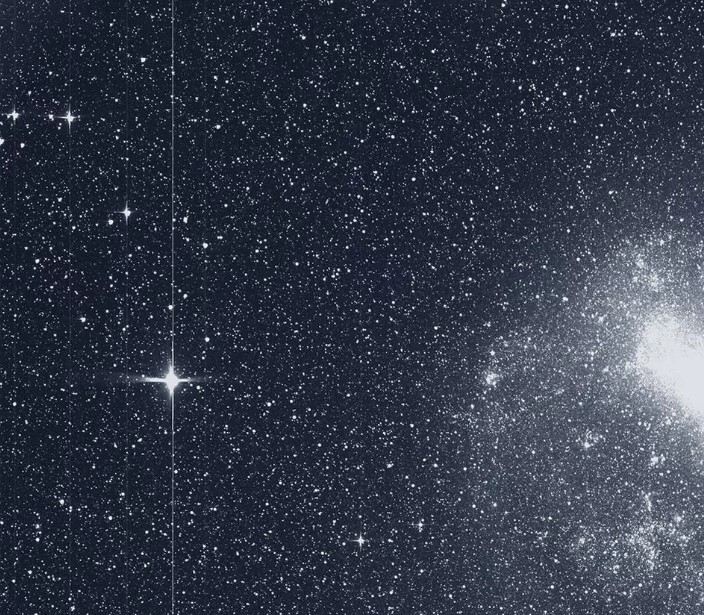
The hunt is on.
If we’re going to find life in the cosmos, it’s a good idea to look for other planets. The Kepler telescope has done a fantastic job since launching in 2009, but with that workhorse satellite reaching the end of its life, it’s time for the Transiting Exoplanet Survey Satellite (TESS) to take over.
On Monday, NASA shared “first light” images of the southern sky beamed back to Earth from its new planet hunting satellite. “First light” is the astronomical term used to describe the first time a telescope acquires images.
However, it’s not the first time TESS has beamed an image back to Earth. NASA had previously shared a two-second test exposure image of space that TESS had taken with just one camera during its testing phase. That image contained over 200,000 stars.
The new images utilise all four of the satellite’s wide-field cameras, providing a panoramic view of the southern sky stitched together from 16 distinct images. The strip of stars and galaxies include the Large and Small Magellanic Clouds, two dwarf galaxies orbiting the Milky Way, and a couple of luminous stars that saturated the camera’s detectors: Beta Gruis and R Doradus.
“This first light science image shows the capabilities of TESS’ cameras, and shows that the mission will realize its incredible potential in our search for another Earth,” said Paul Hertz, astrophysics division director at NASA, Washington.
An image of all sectors can be seen below.

Capturing these images allow the satellite to look for “transits”, the period of time when a planet passes in front of a star. When the data is analyzed, scientists will be able to detect minute dips in a star’s brightness — suggesting that a planet has passed in front of it (relative to the telescope, of course).
To find new exoplanets, TESS takes images of space over a period of 27 days, with a focus on the southern sky during its first year. The northern sky will get its check-up during the second year.
While Kepler’s examination of the sky focused on stars between 300 and 3,000 light years away, TESS is looking a little closer to home. Its sweep will cover a region between 30 and 300 light years away. Eventually, scientists will be able to follow up TESS’s discoveries with ground-based observatories and the long-delayed James Webb Space Telescope to tell us more about the composition of these distant planets.

